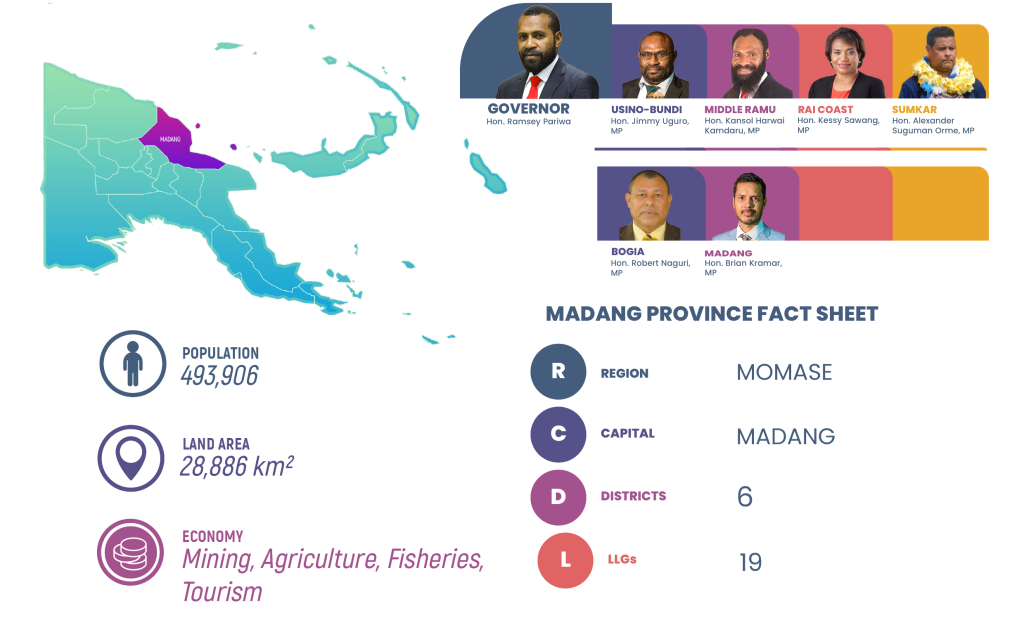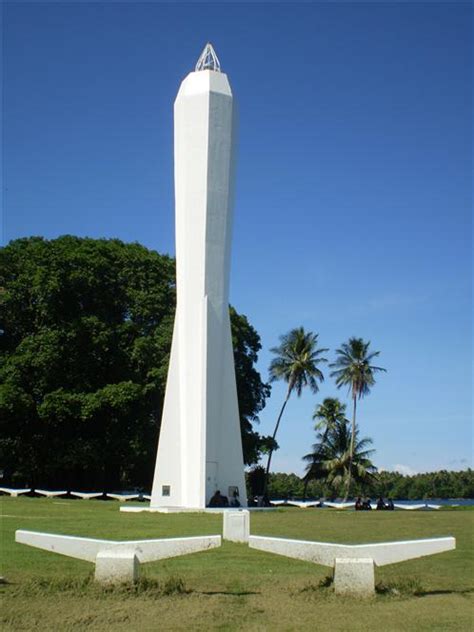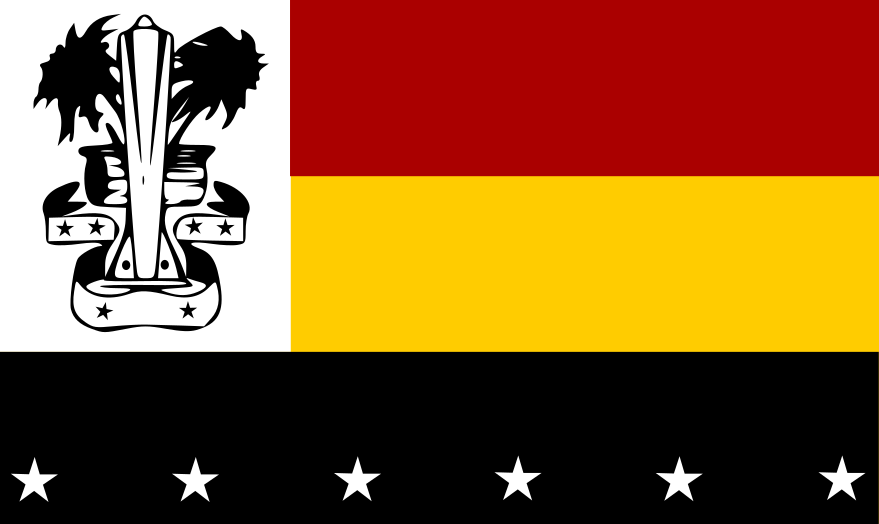
OUR PROVINCE
Madang Province, located in Papua New Guinea, spans a land area of 28,886 square kilometers. With a population of approximately 493,906 as recorded in the 2011 Census, it ranks as the country’s fourth most populous province. The province faces several development challenges, including aging infrastructure and issues related to law and order.
The geography of Madang Province is diverse, encompassing highlands, mountains, valleys, coastal areas, and islands. Each of these geographical features presents unique challenges to the development efforts in the region. Additionally, the province grapples with social issues such as law and order problems, migration, internal displacements, and the high cost of delivering goods and services to remote areas.
Madang Province plays a significant role in the country’s economy. It is an important agricultural region, producing a variety of crops such as coffee, cocoa, coconut, and spices. The province also has natural resources such as timber and minerals, which contribute to its economic activities. In addition, the province is a popular tourist destination, attracting visitors with its scenic landscapes, cultural diversity, and opportunities for adventure tourism and water-based activities.

Provincial Government
Madang Province is home to various significant economic projects and industries. It hosts the Ramu nickel/cobalt mine project, the Pacific Marine Industrial Zone (PMIZ), fish and meat canneries, and Ramu Agri Industries. An inspiring example is Karkar Island, which has successfully adopted green practices by using biodiesel derived from coconut oil for power generation and transportation. This serves as a valuable lesson that can be replicated in other coastal communities.
The province possesses vast economic potential, including opportunities in sugarcane cultivation, oil palm plantations, livestock farming, copra production, cocoa and coffee farming, fisheries, forestry, geothermal energy, downstream processing, mining, and tourism. These sectors present avenues for sustainable economic growth and development.
Development News






